Andrea Del Sarto By Robert Browning SummaryIntroductionRobert Browning wrote a dramatic monologue titled Andrea del Sarto. It was first released in 1855 as a poem in his collection Men and Women. The poem, which expresses the complex ideas of an artist, is written in the style of a theatrical monologue. Robert Browning used Andrea del Sarto as the speaker in this poem. 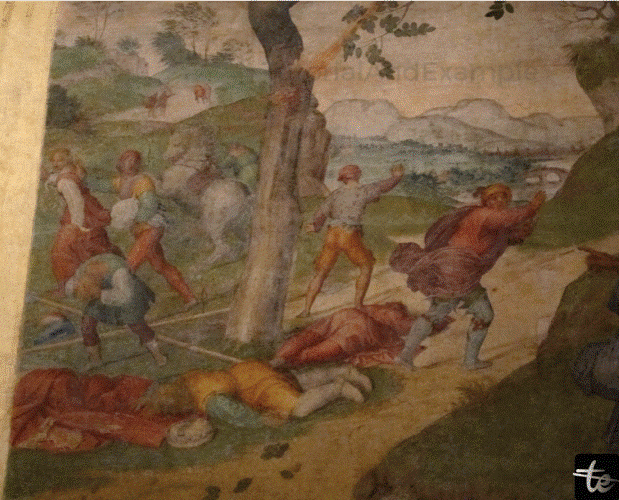
About The AuthorRobert Browning is undoubtedly the most difficult of his peers to categorize while being one of the numerous Victorian writers whose legacies have persisted. His work exhibits his exceptional intellectualism, curiosity in the absurd, and refusal to subscribe to any one particular viewpoint. Because of these contradictory components, it is challenging to classify his work in any straightforward manner. In large part because the audience either found Browning's work cryptic and challenging or because they thought some of the very traits that are now praised were defective, he did not achieve much popular popularity till later in his life. 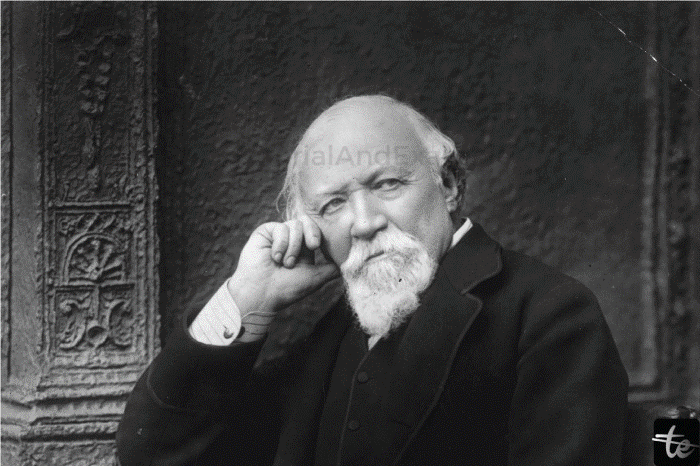
These features include erratic rhyme systems, conflicting characters, and vague character motivations, as examples. But perhaps Browning's failure has enhanced his legacy since it freed him from the strain of trying to conform to public opinion, allowing him to continue writing works that are now valued for their originality. Despite his overt interest in psychology, Shelley and other Romantic poets had a big influence on Browning in his early years. Browning's collections kept including shorter reflections on love and uniqueness, reflecting his focus on human emotions as a means of transcendence. These poems express his notion that a person is constantly "becoming," and constantly evolving, even if they are frequently simpler to categorize than the more complex monologues and philosophical poetry. Theme Of the PoemIn this monologue, there are several art men. In this poetry, Michael Angelo, Rafael, Leonardo, and Andrea discussed and shared their artistic prowess. While praising his skills, Andrea also draws attention to the paintings of others. The speech thus revolves around painters and their works of art. However, this discourse reveals the creative soul. The three were unable to have spouses and gave up their personal life for the sake of art, but Andrea gave up every chance to be an accomplished artist for Lucrezia. 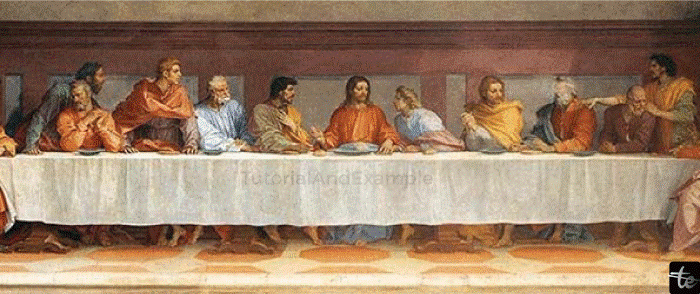
The monologue is primarily made up of lies. When Francis I of France summons Andrea to his court, he starts working on decorating the chambers of the royal palace or another location. He works and has a good time while he's there, becoming close to the king. He gives him money for his future paintings, but he also has to buy a few. He has the necessary funds to do that. However, he uses this money to build a house for Lucrezia. Even in Italy, he avoids officers and does not go back to France. It is clear from the monologue that artists have a variety of talents that are displayed in their work. Andrea is an excellent technical painter who produces flawless paintings. Any lovely sight can be easily painted by him. Even for small paintings, one must put in a lot of effort. But Andr�a is far superior in terms of flawless painting. Raphael, on another hand, is a soulful painter. even officers in Italy. Summary Of the PoemLucrezia del Fede (b. 1490), the wife of Andrea del Sarto (1486-1530), is addressed. He laments that she has been bugging him while they are living together in Florence, Italy. Del Sarto tells them not to "quarrel any more" & promises to take care of their money problems. Del Sarto feels that his artistic career has failed. He is aware that he is far more brilliant than a lot of his contemporaries, but they are not burdened by an obnoxious spouse. While his competitors have the resources and time to produce a variety of interesting work, all of their paintings finally end up looking like Lucrezia. Although his competitors' work is more diverse, del Sarto thinks their works are defective. 
His outstanding technical skills don't seem to be able to match the emotional richness of the other masters' work. They are artists, whereas he is a "craftsman". He now needs to sell paintings to make ends meet because he is old. He has so many financial problems to be able to fulfil his artistic talents. He spends a fortune trying to keep Lucrezia content. Del Sarto once served as an employee of the French court. He got paid well to paint. He & Lucrezia were content with the circumstances at first, but Lucrezia later started to act "restless." Del Sarto came up with a scheme to let them go back to Italy. He received the money to buy artwork for the French imperial family, but instead of going back to France as he had promised, he spent it on a mansion in Italy. Del Sarto talks about his life while he & Lucrezia relax in their new home. He believes Lucrezia may deliver him from his melancholy. Del Sarto has aged at that period. The sound of an outside whistle signals Lucrezia's cousin and potential lover, who wants her to leave the house. Del Sarto offers her money after first pleading with her to stay. Del Sarto assures her that he can pay off their financial obligations by selling paintings even though she owes money to her cousin. Del Sarto plunges deeper into depression. Although he expresses dissatisfaction with his life, he acknowledges that he has no regrets and "would change even less." He has compromised his morals and ethics, but he still feels justifiable in doing so. He nevertheless produced technically excellent paintings. Del Sarto acknowledges that his feelings for Lucrezia have played a significant role in his inability to succeed as a painter, but he still adores her and is okay with her leaving. AnalysisTradition has it that John Kenyon asked Browning for an edition of Andrea del Sarto's self-image with his wife Lucrezia, prompting him to write "Andrea del Sarto," which is arguably his best monologue. Browning submitted his own "Andrea del Sarto" instead of using a copy because he was concerned about copy costs in Florence; the poem can be seen as an expansion of the painting. Giorgio Vasari's Lives of the Artists, offering a summary of Andrea's life and creative career, is another source that Browning references in the poem's background. Vasari provided Browning with the inspiration for the notion of Andrea's renown for technical excellence, which is mirrored in the poem's subtitle, "The Faultless Painter." 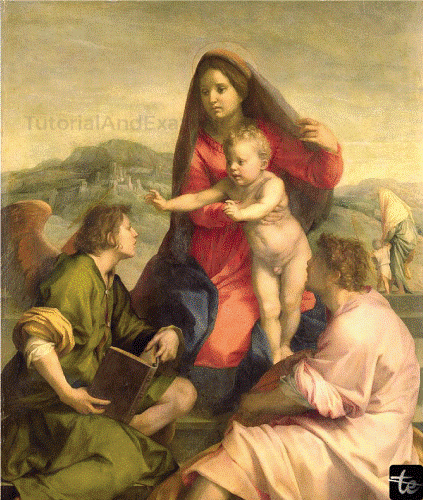
In his dramatic monologue Andrea del Sarto, the author addresses one of the key issues with which artists contend. Through its speaker, the poem poses the question: Should an artist focus on greater art or practice commercial art? While one enables the speaker to give his wife a luxurious lifestyle, the other will enable him to rise to the level of the genuine artists of his day. 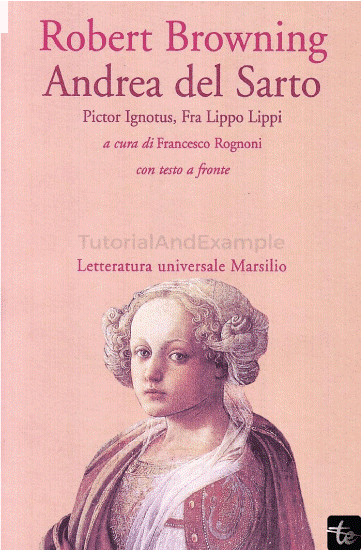
Browning has selected the perfect speaker for this dramatic monologue. He approaches life with an extremely negative outlook. He investigates important issues and looks for their solutions, yet he is never assured of his conclusions. Frequently during his reflection, he comes to realize that he is content to have lived his existence with his wife, which may be only a way for him to accept the reality that he did not succeed himself in life. Iambic lines have been used throughout the poem. With the words he used, Browning created a poem that reads like a continuous series of connected ideas. This enables the reader to experience the speaker's feelings and comprehend how he feels like his life has been a waste. As the story nears its conclusion, the reader empathizes with the main character as his wife departs to be reunited with her cousin. ConclusionA meandering poem in blank verse with 267 lines, "Andrea del Sarto" is composed of three paragraphs of 243, 23, and 1 line, respectively. The poem's subject, renowned Florentine School painter Andrea del Sarto, is identified by the title. By the poem's end, he comes to the realization that, even if his existence has not turned out as he had hoped, he is aware that he can't modify it. He tells his wife that he is glad they were able to spend this time together. In the narrative, monologues have a specific purpose: to provide the audience with more information regarding a character or the plot. When used wisely, they can be an excellent technique to reveal a character's inner thoughts or past or to provide more precise information about the plot. Robert Browning's poetry frequently featured the themes of jealousy, violence and death, and illusion. Although one would conclude from these themes that Browning lived a gloomy or unhappy life, the truth is that Browning was the beloved son of loving parents who enjoyed a happy marriage up until the passing of his partner in 1861. Browning's "Andrea del Sarto" demonstrates that success can only be achieved when one is wholly committed to their task. You also require a loving and understanding life mate. Staying on the easy route is necessary to avoid using unethical methods to move up the success ladder.
Next TopicAround the World in 80 Days
|
 For Videos Join Our Youtube Channel: Join Now
For Videos Join Our Youtube Channel: Join Now
Feedback
- Send your Feedback to [email protected]
Help Others, Please Share









